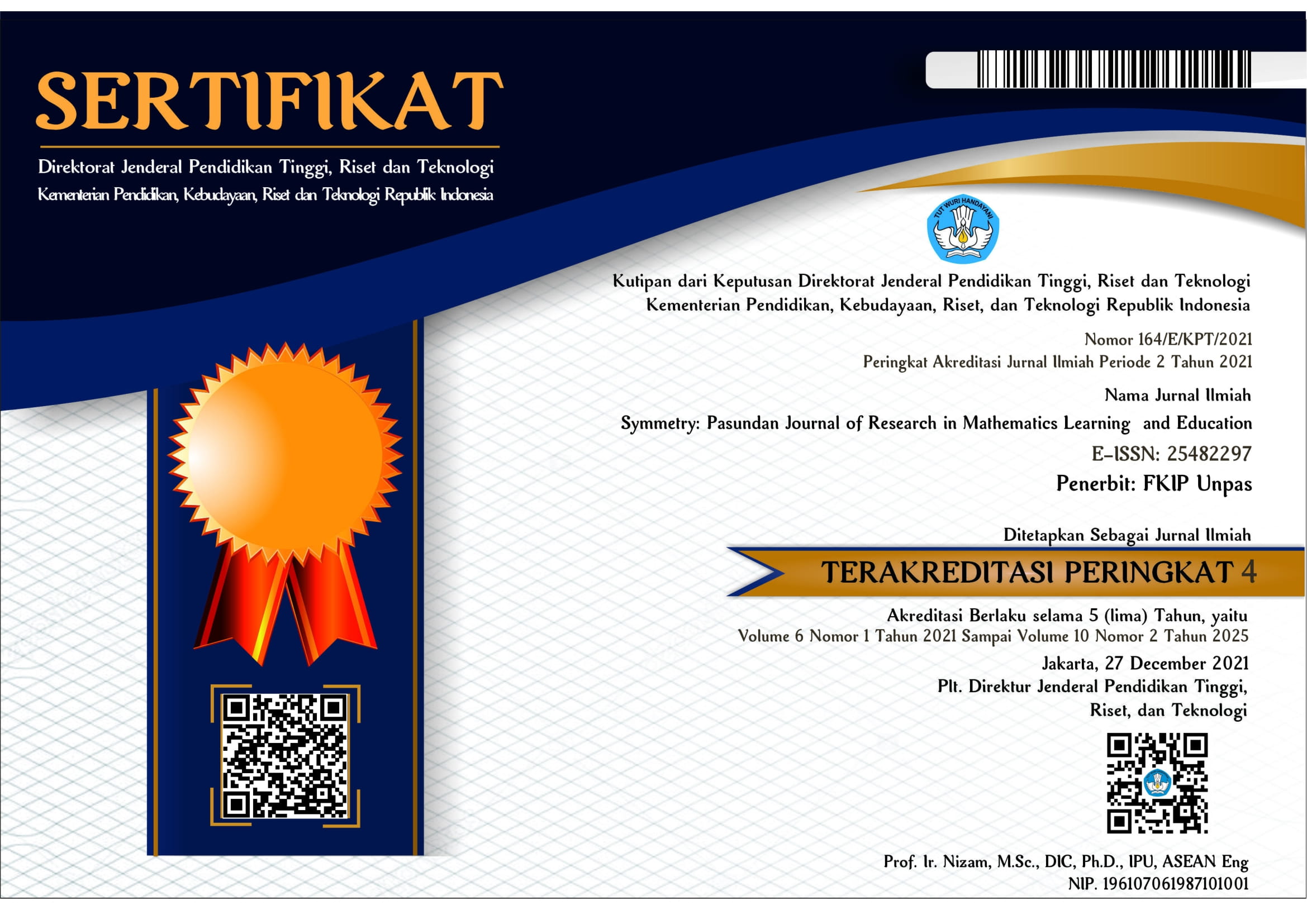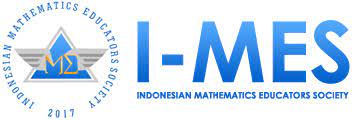Author Guidelines
Title page. The organization shown below should be followed (in the order given): a. Title of the paper (title case, 14 pt, Time New Roman, bold, centered); b. Author name(s) (Time New Roman, 11 pt); c. Author affiliation(s) (Time New Roman,11 pt); d. e-mail addresses of the corresponding author to whom the revision or galley proofs of the paper are to be sent ( Time New Roman,11 pt).
Abstract. The abstract must be presented in English and Indonesian. It should summarize the main result(s) and, possibly, the method(s) used, in at most 250 words. If the paper is a survey paper, it must be indicated so in the abstract. For authors from outside Indonesia, the Indonesian abstract will be translated from the English abstract by the Editor.
Introduction (12 pt, bold). The Introduction presents the purpose of the studies reported and their relationship to earlier work in the field. It should not be an extensive review of the literature. Use only those references required to provide the most salient background to allow the readers to understand and evaluate the purpose and results of the present study without referring to previous publications on the topic.
Methods (12 pt, bold). The Methods sections should be brief, but they should include sufficient technical information to allow the experiments to be repeated by a qualified reader. Only new methods should be described in detail. Cite previously published procedures in References.
Results and Discussion (12 pt, bold). The Results should include the rationale or design of the experiments as well as the results of the experiments. Results can be presented in figures, tables, and text. The Discussion should be an interpretation of the results rather than a repetition of the Results.
Conclusion (12 pt, bold). The Conclusion should contain the confirmation of the problem that has been analyzed in result and discussion section.
Figures. If any, figures should be supplied in a form suitable for photographic reproduction after the printer has inserted any necessary lettering in the correct type. They should be printed or drawn in black ink on good white paper, at approximately the size that they will be printed.
References (12 pt, bold). The References section must include all relevant published works, and all listed references must be cited in the text. References should be written in the order of they appear in the text. Within the text, cite listed references use APA style, by their author last name and year (e.g., Husnussalam (2010))
Follow the styles shown in the examples below for books, specific chapters in books, and journal articles, respectively:
Madigan, M.T., Martinko, J.M., Stahl, D.A.,Clark, D.P. (2010). Brock Biology of Microorganisms, 13th ed. Benjamin Cummings. San Francisco. pp. 42-59.
O’Brien, P., Revaprasadu, N. (2013). Solid-State Materials, Including Ceramics and Minerals. In Reedijk, J., Poeppelmeier, K. (eds.), Comprehensive Inorganic Chemistry II, 2nd ed. Elsevier. United states. pp.xxii-xxiv.
Kwon, J. W and Kim, S.D. (2014). Characterization of an antibiotic produced by bacillus subtilis JW-1 that suppresses Ralstonia solanacearum. J. Microbiol. Biotechnol. 24(1): 13-18, http://dx.doi.org/10.4014/jmb.1308.08060.
References to papers accepted for publication but not yet published should show the journal name, the probable year of publication (if known), and they should state "in press."
To be clear, please download symmetry template
You also need to sign and accept the ethics statement letter



















